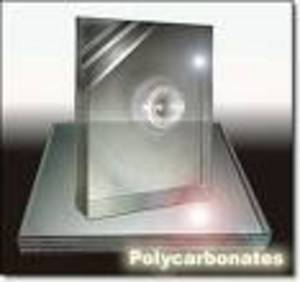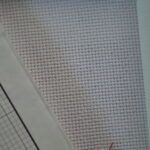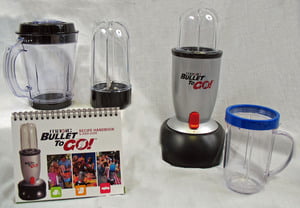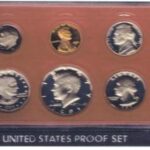Sometimes you look at things and wonder, how in the world did anyone come up with that? That is how it is with bulletproof glass. When you think of glass, you think of a breakable substance that shatters easily and can send jagged shards from one end of the room to another. More people have cut themselves cleaning up the mess than can be counted. Then you consider the bulletproof glass, it looks identical to the original glass, yet looks is where it’s similarities end. The components of bullet proof glass is nothing like regular glass.
There are numerous ways to make this shatter less glass, and companies around the globe are always finding ways to make it more effective. It is completely see through, yet made of components that make it impossible to penetrate. The manufactures of bulletproof glass use different variations of chemical products to come up with similar results. There are several options when it comes to how to produce this life saving glass. Polycarbonate (polycarbonate resin thermoplastic), a tough transparent plastic, also known as Lexan is one of the most common. It was discovered in 1953 by GE chemist Dr. Daniel Fox while working on a wire coating. In the same year a German doctor applied for a patent on a virtually identical molecule, but Dr. Fox is credited with the discovery.
Although Lexan looks similar to another clear substance, Acrylic, the Lexan is much more durable. This material is actually layered between pieces of regular glass to create the bullet resistant glass. This process is called lamination. The resistance is based on how many layers of Lexan are laminated with the glass. A bullet fired at a sheet of bulletproof glass will penetrate the first layer of the glass, but the rubber like substance will prevent it from escaping the final layer. Depending on how thick the piece of bulletproof glass is, determines how much it can deter. A rifle bullet, for example, has more force than a handgun bullet. Therefore, to “catch” a rifle bullet the glass needs to be thicker than to “catch” a handgun bullet, or series of bullets. When you consider the energy of a fired bullet, the thought of it being absorbed in a glass like substance is quite amazing. Considering other applications of Lexan helps bring the durability into focus. Lexan is used in racing cars to replace heavier and breakable glass windshields and windows. Race cars travel at speeds exceeding 200 mph. That’s a lot of force! It is also used in the aerospace industry for aircraft canopies, and other aircraft items. On an interesting note, it is also used by Apple Computer in the iBook and iPod (the gleaming white plastic is GE Lexan).
Not only is there bulletproof glass, but there is one-sided bulletproof glass. Wrap your mind around that! You can get this kind of protection on one side of the window, while having the ability to shoot a bullet through the other side of the window. The dynamics of it is incredible. The glass will stop a bullet shot into it and absorb it’s force, while the other side can shoot a bullet and it will penetrate the same glass due to the aerodynamics of force at close up range causing the material to “flex”. Each side is designed to deter or allow the force of the bullet.







